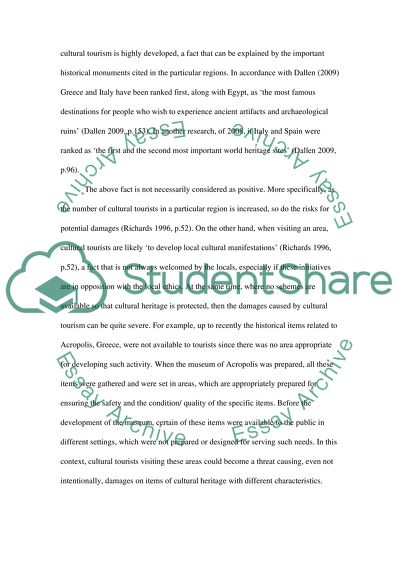Cite this document
(“Damage To Countries' Cultural Heritage From Tourism Essay”, n.d.)
Retrieved from https://studentshare.org/tourism/1443949-damage-to-countries-cultural-heritage-from-tourism
Retrieved from https://studentshare.org/tourism/1443949-damage-to-countries-cultural-heritage-from-tourism
(Damage To Countries' Cultural Heritage From Tourism Essay)
https://studentshare.org/tourism/1443949-damage-to-countries-cultural-heritage-from-tourism.
https://studentshare.org/tourism/1443949-damage-to-countries-cultural-heritage-from-tourism.
“Damage To Countries' Cultural Heritage From Tourism Essay”, n.d. https://studentshare.org/tourism/1443949-damage-to-countries-cultural-heritage-from-tourism.


